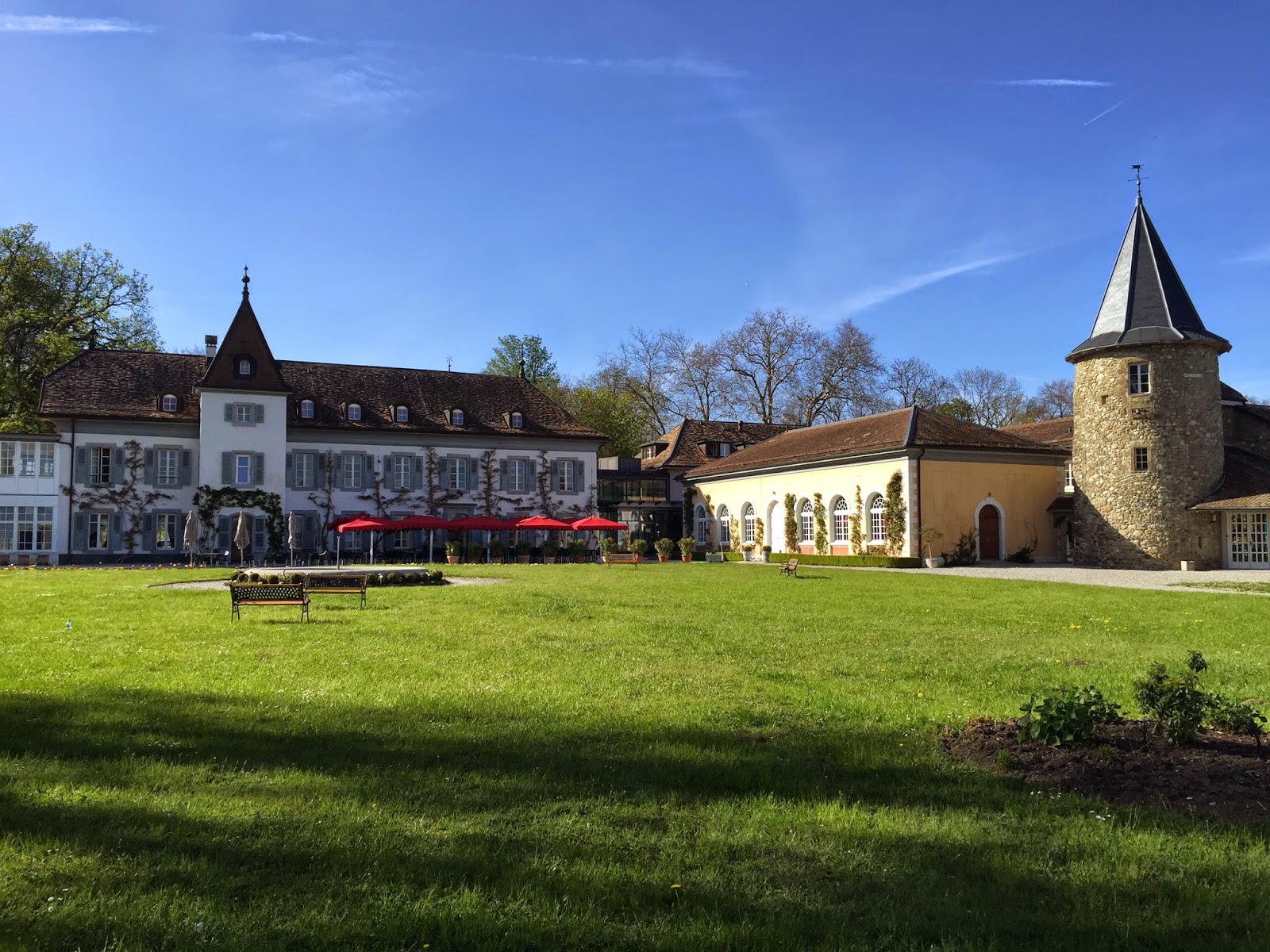Welcome to Chateau de Bossey. It's certainly a long way from Africa, but believe it or not I am here as part of my work on African refugee protection. It is a follow up to my trip to Nairobi last year, where I took part in the Nansen Initiative's Horn of Africa Regional Consultation on disasters, climate change and cross-border displacement. There I delivered a presentation (and a report) on various African regional legal instruments, including the African Refugee Convention, and discussed when, how and why I think they should be used to protect people who are forced to flee their homes due to drought, flooding and other disasters. Following the Consultation, I was invited to join the Nansen Initiative's Consultative Committee, a group of representatives from international institutions, NGOs, academia and civil society, whose job it is to support, and provide feedback on, the Nansen Initiative's global consultative process.
If you have a look at their website, you'll see that the aim of the Nansen Initiative is to develop a 'Protection Agenda' for people displaced across borders in the context of natural disasters, including those linked to climate change. The Nansen Initiative's five Regional Consultations - in the Pacific, Central America, Horn of Africa, South Asia and Southeast Asia - and the Global Consultation (to be held later this year) are all directed towards building consensus among states about how to deal with disaster-related displacement. Crucially, this includes how people displaced by disasters should be received and treated when they are forced to flee to countries that are not their own. In general, those displaced by disasters do not qualify for refugee status under the international 1951 Refugee Convention, because they are not at risk of persecution. In some circumstances, they may be entitled to refugee status under the broader refugee definition of the 1969 African Refugee Convention, which extends refugee protection to people compelled to flee 'events seriously disturbing public order'. Whether or not natural disasters qualify as such events is contentious (more on that later), but even on the broadest reading of the phrase it will not include all those disasters that force people from their homes. So the aim of the Protection Agenda is to set out how states think that this protection gap should be addressed.
As you might imagine, coming to such an agreement is a long process. The aim of the 2-day Consultative Committee workshop, taking place at Chateau de Bossey this week, is to review the progress so far. The workshop will consider the current draft of the Protection Agenda and discuss issues relating to its content, legal and practice implications, and how to best proceed from here. For me, it is exciting to be part of it - not only because I get to spend a few days in the most spectacular Swiss countryside, but because I get the opportunity to be part of developing a plan of action that could see more and better protection for literally millions of people worldwide. The Protection Agenda does not aim to create new law - it won't provide any new international rules on how disaster displaced people should be protected - but if it can consolidate existing ones, and provide a platform for states to improve their responses to this increasingly important issue, then it will be a great step forward. In the meantime, that Swiss countryside is not going to admire itself.
 |
| Chateau de Bossey is near the lovely little village of Bogis-Bossey, about 20 km from Geneva. |
 |
| The walk from my room to Reception - I haven't seen any crapauds yet, but I hope to! |
 |
| 'The Barn', my home for the next few nights. |
 |
| Looking from the Chateau towards the mountains. |
 |
| Sigh..... |
